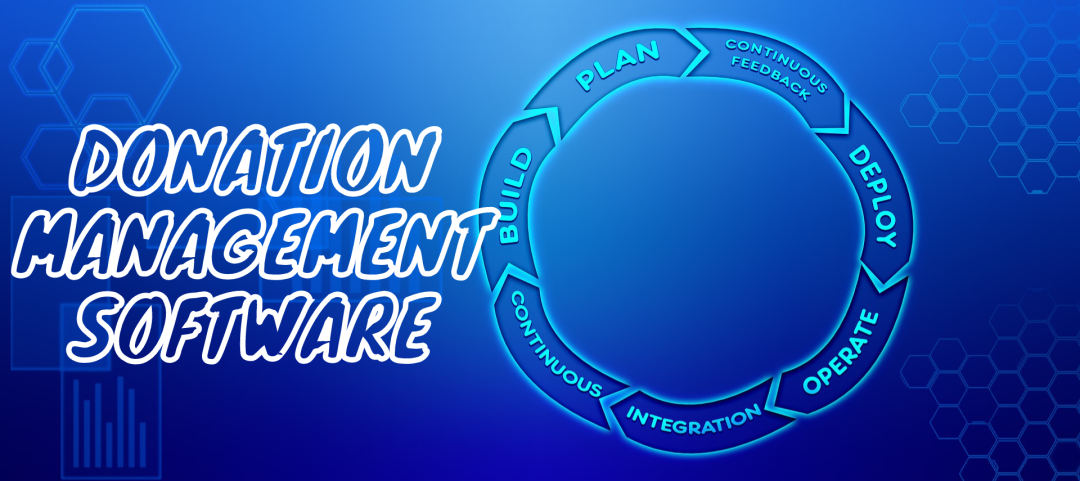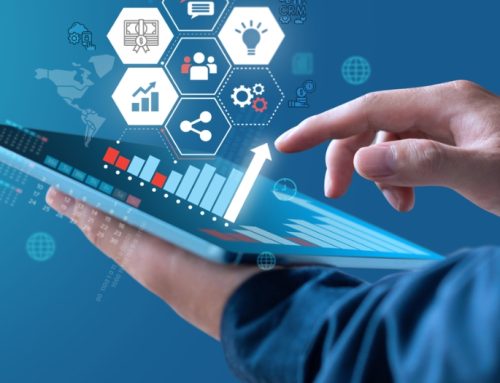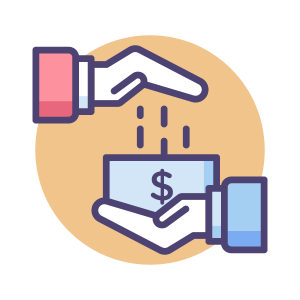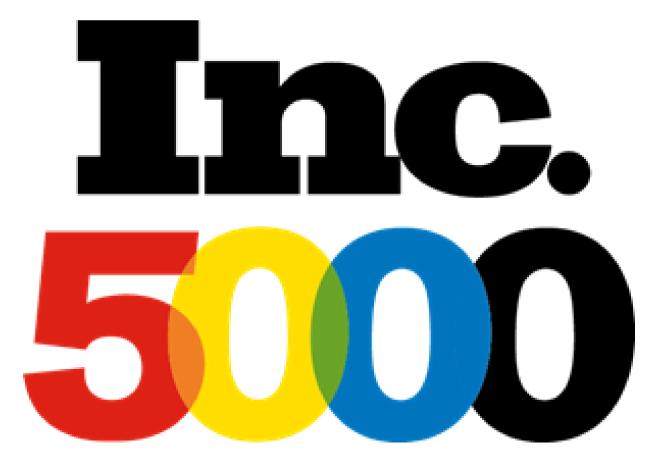Donation Management
Most nonprofits rely on donations to keep their doors open. Thus to manage donations they require donation management. Organizations small and large need to seek funds to continue, whether they have a consistent group of donors or need to carefully plan campaigns to find new resources. This means they’re often scrambling to stay organized. How can you keep track of current donors and seek out new ones without dropping the ball somewhere along the line? How do you keep track of the funds coming in and where they’re coming from? There’s a lot of data you need to keep track of to successfully gain funding from donors. As you’ve probably noticed, this can be incredibly difficult to do. Luckily, there’s a better way.
Donation management software is better than ever
As technology continues to improve, more companies are offering donation management software with better capabilities. While donor management software may not have seemed like a necessity a few years ago, improvements and price reductions have made better systems and more solutions for organizations of all sizes, according to Ideal ware. New platforms can easily integrate with existing software, making the transfer of data more seamless. Some systems now have the capability to send automated emails to previous donors or perform mail merges. While older software may have been clunky and hard to use, more solutions are adopting interfaces that are intuitive, and even have different levels of access for individual users. Costs are often lower these days. With all these improvements, it could be time to reconsider your position on donor management software.
Do you need a donor management system?
According to a report from Nonprofit Technology Network and Ideal ware, the answer is “probably.” Even if you’re doing fine with spreadsheets and databases, you may be surprised at what implementing better technology can do, and how much more effective it can be. Once you are handling multiple donations, you could do with more capabilities than a spreadsheet will allow. Spreadsheets can be handy, but that they can’t easily link up with data from other resources, which means you’ll have to do it manually, and that takes time. Imagine a situation like the following: You have two donors that are both members of the same household, but because of your ineffective processes, you aren’t aware of it, so both continue to receive repetitive mailings and phone calls from you. This irritates them, and then you have to spend time on the phone figuring it out. Taken by itself, this situation doesn’t seem so terrible, but imagine it multiplied, with similar issues taking place consistently. Imagine the time you could save with software that could recognize these problems immediately. There are so many similar situations that can be quickly resolved with the use of an effective platform.
First steps
Once you’ve gotten your stakeholders to agree that donor management could be a good solution for your organization, the next step is to figure out exactly what you need from donor management software. Organizations tend to manage their donors in different ways and keep track of unique sets of data. Depending on what your needs are, any number of solutions may work. For instance, does the platform designate between gifts from companies versus those from individuals? What kind of reporting will you need to do on the donations received? How well will specific solutions link with your accounting software?
The first stage is to assess your needs and wants. Then you can start looking for something that will work. Once you have your wish list, start doing research to find the right solution.












